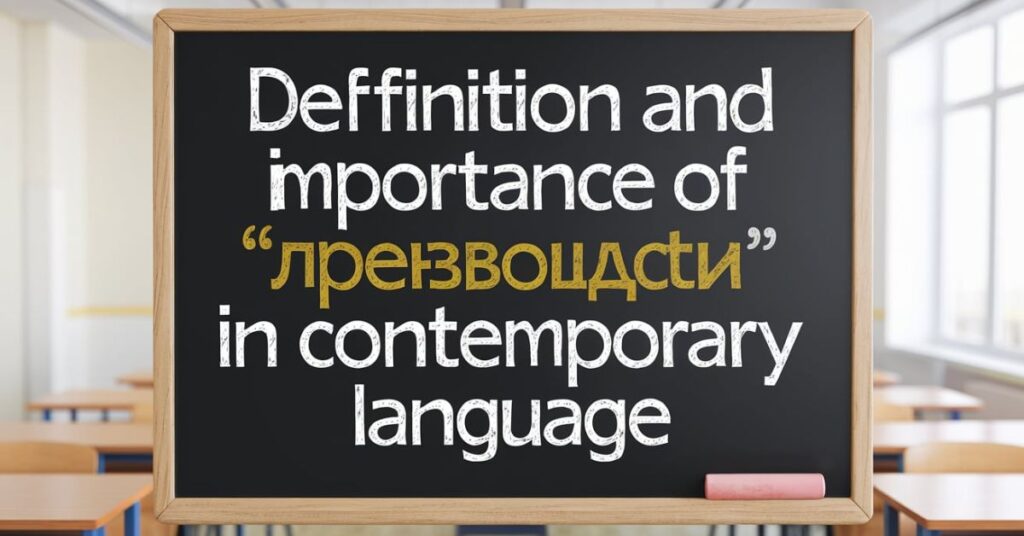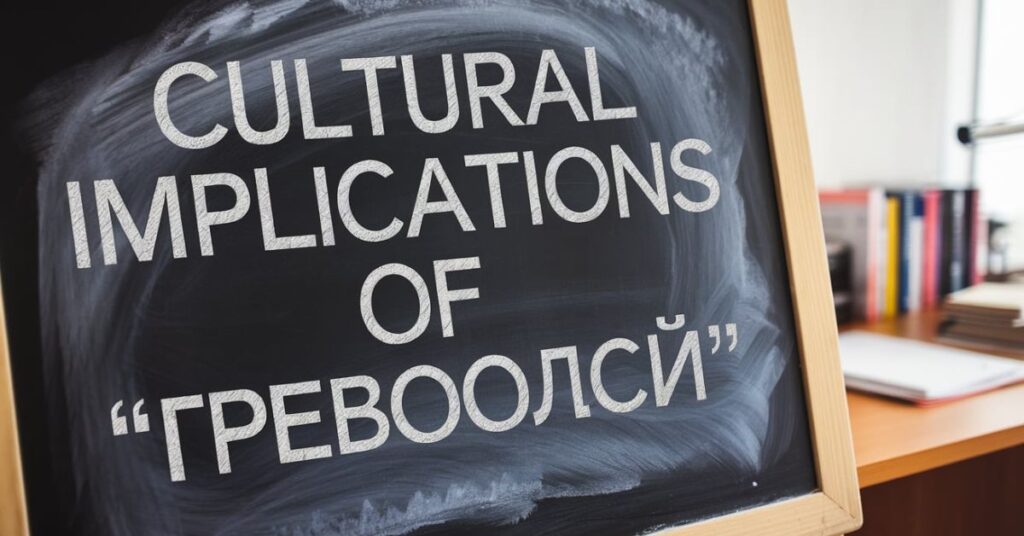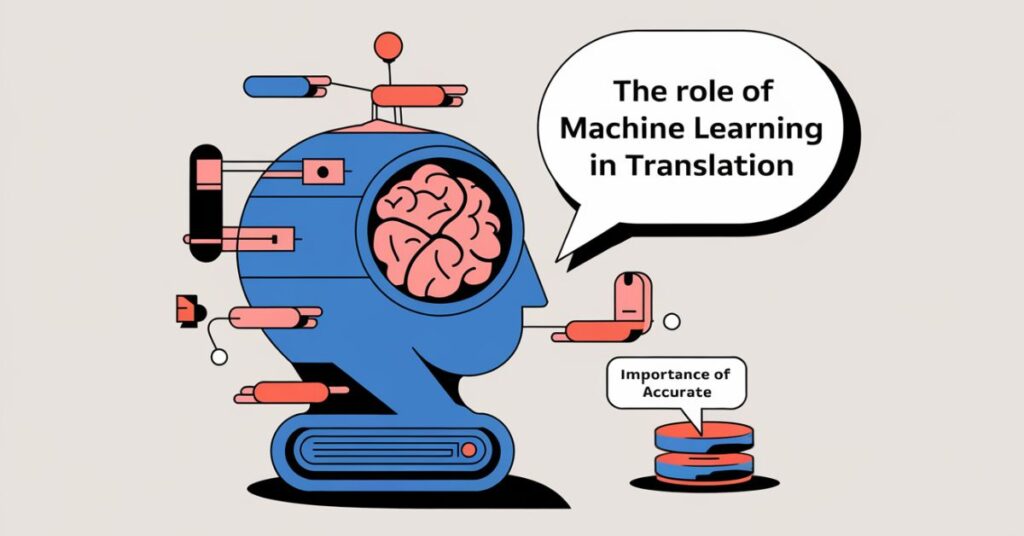“Преводсч” refers to the process of translation, encompassing both language conversion and cultural context. It plays a vital role in bridging gaps between diverse cultures in our interconnected world.
Imagine sharing your thoughts with someone who speaks a different language. Without translation, those ideas can be lost, leading to confusion and missed connections.
This article explores the significance of “преводсч” in communication. We’ll examine its cultural implications, challenges for translators, and the impact of technology in this essential field.
Understanding “преводсч”
“Преводсч” refers to the act of translation in a specific context. It encompasses both the linguistic and cultural aspects of transferring meaning. Understanding this term is vital in appreciating the nuances of translation.
Translation is more than just swapping words. It involves capturing the essence of the original message. “Преводсч” emphasizes the need for accuracy and cultural awareness.
In a world where languages intersect, “преводсч” becomes increasingly relevant. It supports international communication and fosters cross-cultural understanding. Without it, global collaboration would be challenging.
Definition and Importance of “преводсч” in Contemporary Language

“Преводсч” signifies the intricate process of translation. It highlights the significance of conveying messages accurately. In today’s diverse society, this process is crucial for effective communication.
The importance of “преводсч” lies in its ability to connect people. It allows individuals to share ideas, stories, and experiences across different languages. This connection fosters cultural integration and mutual understanding.
“преводсч” is vital for businesses operating internationally. Accurate translation ensures that marketing materials resonate with target audiences. This enhances brand presence and drives global success.
The Role of “преводсч” in Translation
“Преводсч” serves as a foundation for effective translation. It involves understanding the source language and its cultural context. This knowledge aids translators in delivering accurate and meaningful translations.
Translators must also consider the target audience. Different cultures have distinct preferences and interpretations. By tailoring translations, “преводсч” ensures that messages resonate with readers.
“преводсч” addresses challenges in language nuances. Idioms, slang, and cultural references can complicate translations. An effective translator navigates these complexities with skill and cultural awareness.
Cultural Implications of “преводсч”

Cultural implications are central to “преводсч.” Language reflects cultural values and social norms. Understanding these nuances enriches the translation process.
When translating, one must consider the cultural context. Certain phrases may hold different meanings in various cultures. “Преводсч” ensures that translations respect these differences.
Cultural sensitivity enhances communication. It fosters goodwill and trust between individuals from diverse backgrounds. This understanding is vital in diplomatic and business interactions.
The Evolution of “преводсч”
“Преводсч” has evolved significantly over time. Historically, translation focused mainly on written texts. Today, it encompasses various mediums, including audio and visual content.
Advancements in technology have also influenced “преводсч.” Machine translation tools have emerged, offering quick solutions. Human translators remain essential for accuracy and nuance.
As globalization continues, the demand for “преводсч” will grow. This evolution highlights the need for skilled translators who can adapt to changing linguistic landscapes.
Technological Influence on “преводсч”
Technology has reshaped the landscape of “преводсч.” Tools like machine translation and AI have streamlined the process. These innovations allow for faster translations, especially for bulk content.
However, technology cannot fully replace human translators. While machines excel at basic translations, they often miss cultural context. “Преводсч” relies on human intuition and understanding.
The integration of technology and human expertise is essential. By combining the speed of machines with the insight of humans, translation becomes more effective. This hybrid approach enhances the overall quality of communication.
Challenges in Translating “преводсч”

Translating “преводсч” presents several challenges. One major issue is the complexity of languages. Each language has unique grammar and vocabulary, making direct translations difficult.
Another challenge involves cultural differences. Certain concepts may not exist in other languages. This requires translators to find creative solutions to convey the intended message.
Finally, maintaining accuracy is crucial. Misinterpretations can lead to misunderstandings. Ensuring precise translations is essential for effective communication in a globalized world.
Importance of Accurate “преводсч” in Business
Accurate “преводсч” is vital for businesses in today’s global economy. Clear communication helps companies connect with international customers. This connection enhances brand loyalty and drives sales.
Businesses must adapt their messages for different cultures. Localization goes beyond translation; it involves tailoring content to meet cultural preferences. This approach increases the relevance of marketing efforts.
Inaccurate translations can harm a brand’s reputation. Misleading messages may confuse customers or offend them. Therefore, investing in professional translation services is essential
Key Elements of a Successful Translation
To achieve a successful translation, focus on these key elements:
- Clarity: Ensure the message is clear and easily understood.
- Cultural relevance: Adapt the content to suit the target audience’s cultural context.
- Accuracy: Maintain the original meaning without distortion.
- Consistency: Use consistent terminology throughout the translation.
- Engagement: Make the content appealing to the reader.
By prioritizing these elements, translators can create effective and meaningful translations.
Analyzing the Costs of Translation Services
Understanding the costs associated with translation services is essential. Here’s a breakdown of typical expenses involved in the translation process:
| Cost Element | Description |
| Translator Fees | Charges for the translator’s time and expertise. |
| Editing and Proofreading | Costs for additional reviews to ensure accuracy. |
| Localization Services | Expenses for adapting content to local cultures. |
| Technology Tools | Fees for translation software or machine translation. |
| Project Management | Costs associated with overseeing the translation project. |
Analyzing these costs helps businesses budget effectively for translation needs for success.
Collaborating with Professional Translators
Collaborating with professional translators offers numerous benefits. Experts bring valuable experience and knowledge to the table. They understand the nuances of language and culture.
Working with professionals also ensures higher quality. They are skilled in maintaining accuracy and clarity in translations. This expertise saves time and reduces the likelihood of errors.
Professional translators can offer insights into regional variations. Their understanding of local cultures enhances the relevance of the translated content. This collaboration fosters successful communication across borders.
The Role of Machine Learning in Translation

Machine learning is transforming the translation landscape. It allows for improved accuracy and efficiency in translation processes. Algorithms analyze vast amounts of data to enhance translation quality.
While machine learning tools can assist, they still require human oversight. This combination ensures that translations are not only fast but also contextually relevant. Skilled translators can refine machine-generated translations for better results.
As technology advances, the role of machine learning in translation will continue to grow. This evolution highlights the importance of adapting to new tools while preserving the human touch.
“преводсч” and Localization
Localization is a key aspect of “преводсч.” It involves adapting content for specific regions or cultures. This process ensures that translations resonate with local audiences.
Effective localization considers cultural differences in language and imagery. For instance, colors or symbols may have different meanings in various cultures. Understanding these nuances enhances communication.
Additionally, localization supports better user experiences. When content feels familiar, users are more likely to engage. This connection fosters loyalty and drives customer satisfaction.
Read this Blog: Breaking Down the Power of h5firekirin: A Comprehensive Guide
The Future of “преводсч”
The future of “преводсч” looks promising. As globalization expands, the demand for translation will continue to grow. This trend highlights the importance of skilled translators in various industries.
Emerging technologies will play a significant role. AI and machine learning will enhance translation efficiency. , Human oversight will remain crucial to ensure accuracy and cultural relevance.
Moreover, the focus on cultural awareness will increase. Translators will need to understand not just languages but also the cultures they represent. This holistic approach will elevate the quality of translations.
Common Misconceptions About “преводсч”
Many misconceptions surround “преводсч.” One common myth is that translation is a simple word-for-word process. In reality, it requires deep understanding and cultural insight.
Another misconception is that technology can fully replace human translators. While machines can assist, they often fail to grasp context and nuance. Human translators are essential for delivering high-quality translations.
Finally, some believe that all languages are equally easy to translate. However, each language has unique complexities. Understanding these differences is crucial for effective communication.
The Impact of Cultural Awareness on Translation
Cultural awareness significantly influences the translation process. Translators must understand the cultural context of both the source and target languages. This understanding helps avoid misinterpretations and enhances communication.
Being culturally aware allows translators to choose appropriate expressions. Certain phrases may not translate directly but can be adapted to fit the cultural context. This flexibility fosters deeper connections between speakers.
Ultimately, cultural awareness enriches the translation, making it more relevant and engaging for the audience. It ensures that messages resonate and maintain their intended meaning.
Best Practices for Effective “преводсч”
To achieve effective “преводсч,” consider these best practices:
- Understand the source material: Familiarize yourself with the context and intent of the original message.
- Research cultural nuances: Know the cultural references and idioms relevant to both languages.
- Collaborate with native speakers: Partner with individuals who are fluent in the target language for insights.
- Utilize technology wisely: Leverage translation tools, but always review the final output for accuracy.
- Seek feedback: Encourage input from peers or clients to improve translation quality.
By following these practices, translators can enhance their effectiveness and deliver exceptional results.
Final Words
“преводсч” plays a vital role in our interconnected world. It facilitates communication across cultures and languages. Understanding its significance helps us navigate the complexities of global interactions.
As technology continues to evolve, the future of translation looks bright. However, the human element remains irreplaceable. Skilled translators will always be essential for accurate and culturally aware translations.
Ultimately, embracing “преводсч” fosters deeper connections. It enables us to share ideas, stories, and experiences in a way that transcends language barriers. This understanding paves the way for a more inclusive and harmonious global community.
Frequently Asked Questions
What does “преводсч” mean?
“Преводсч” refers to the act of translation, encompassing linguistic and cultural aspects.
Why is translation important in business?
Translation enhances communication, helping businesses connect with international customers and drive sales.
What challenges do translators face?
Translators encounter language complexities, cultural differences, and the need for accuracy.
How does technology impact translation?
Technology streamlines translation but cannot replace the cultural context provided by human translators.
What are best practices for effective translation?
Best practices include understanding the source material, researching cultural nuances, and collaborating with native speakers.








